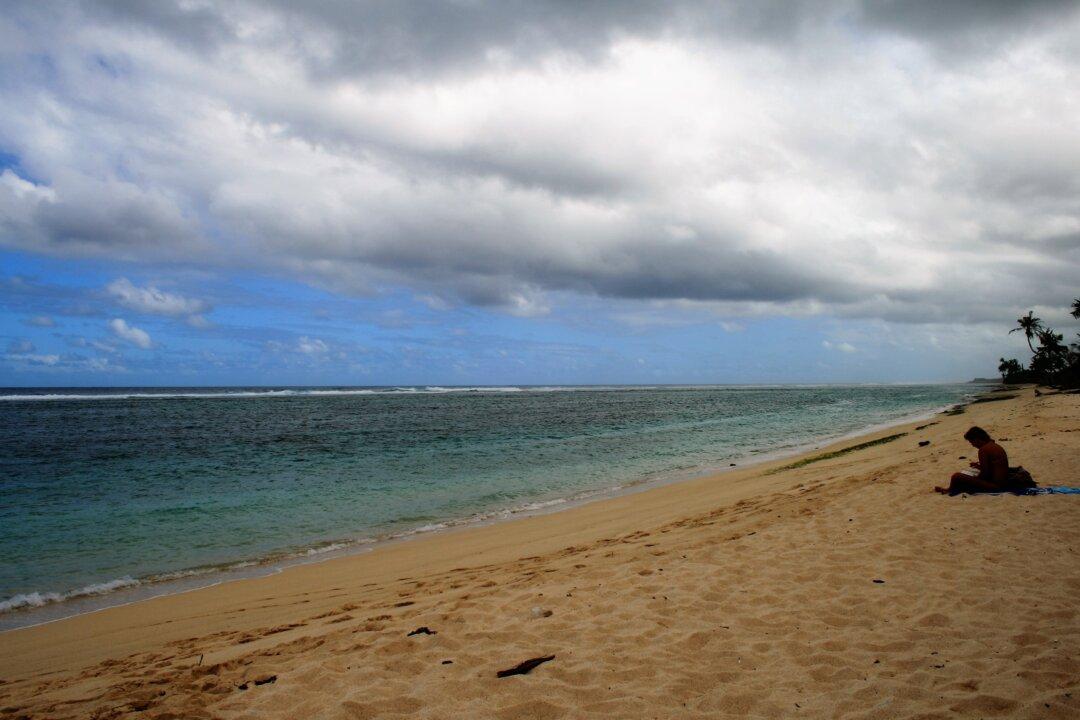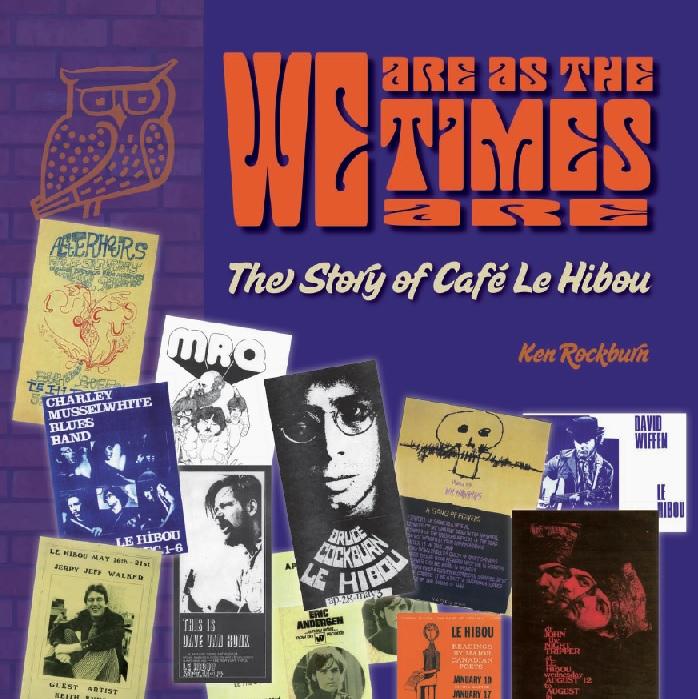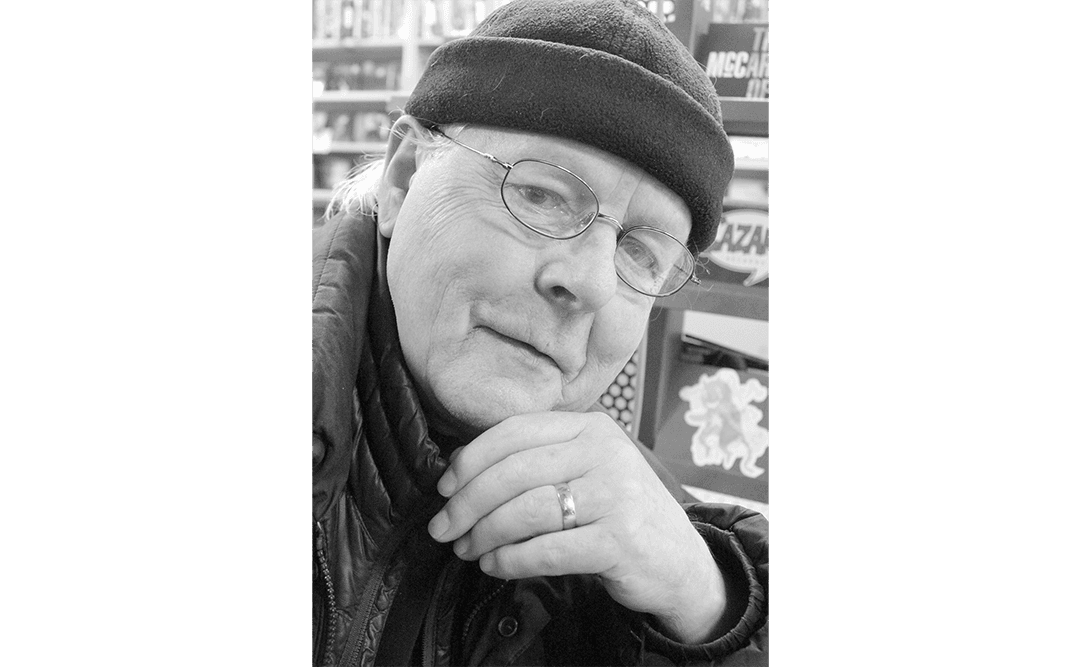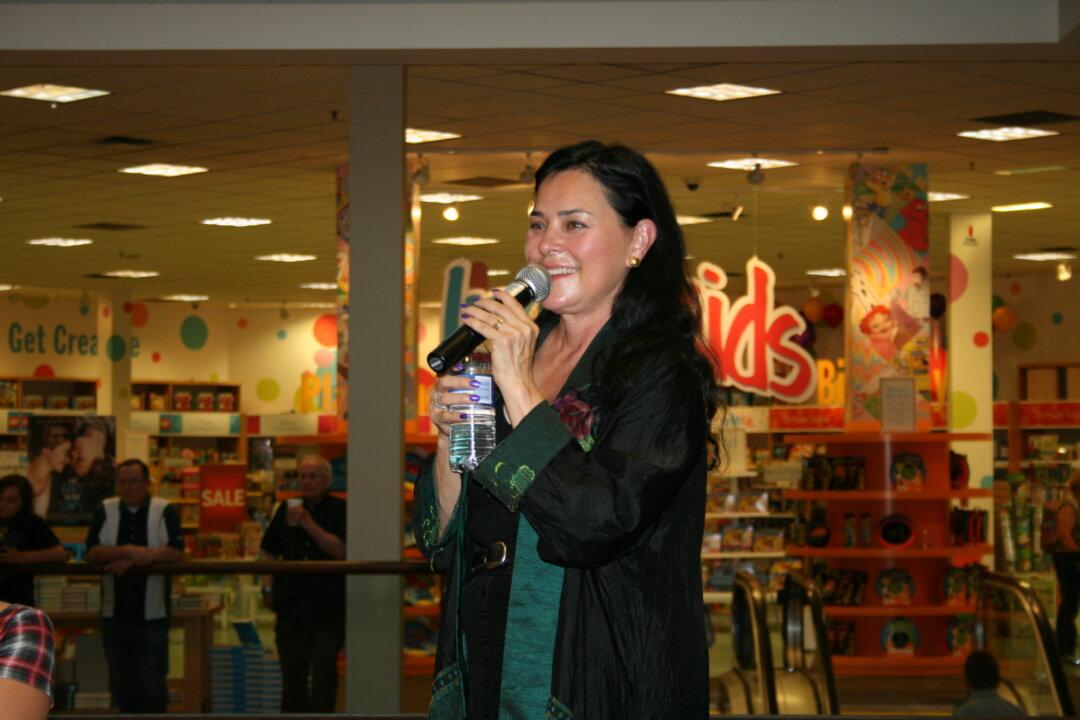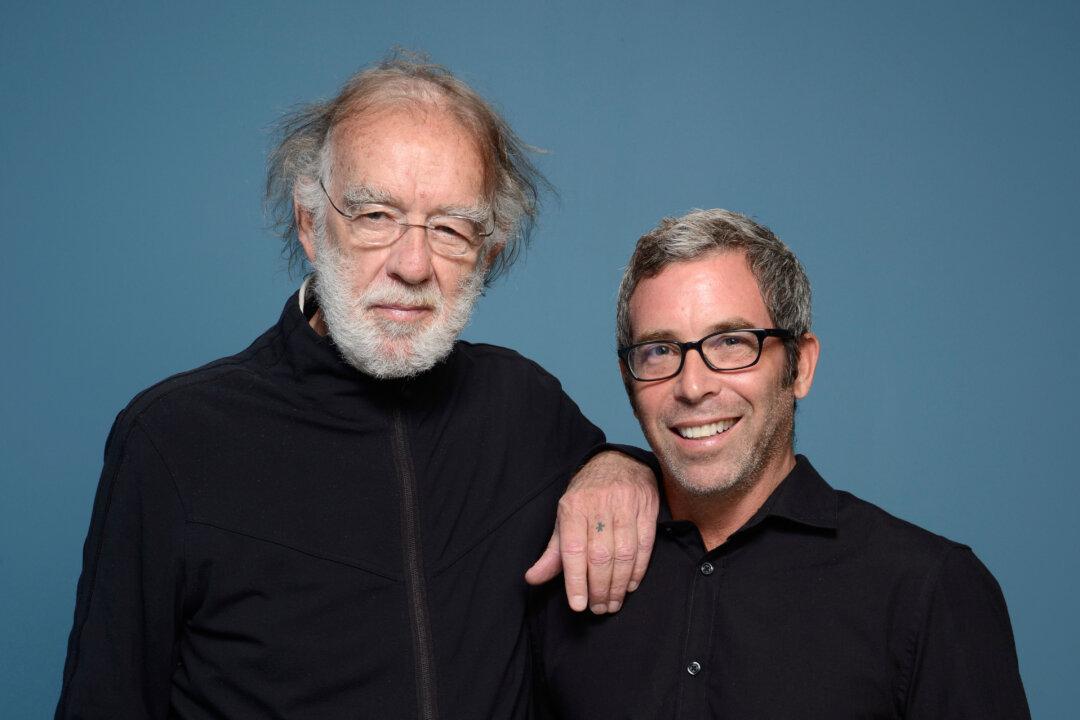Samoa. The word rolls off the tongue easily, like a gentle tropical breeze.
This tiny country halfway between New Zealand and Hawaii spans less than half the area of Prince Edward Island. It includes two major islands and eight small islets. In mid-June I travelled there with a group from Australia’s Taylor Made Tours and visited the islands of Upolu and Savai'i.
We stayed at the Sheraton Samoa Aggie Grey’s Resort, located near the airport on the island of Upolu. The suites have a beautiful ocean view and friendly and attentive staff, and a pool with a swim-up bar. The capital city, Apia (population 35,000), is about a 30-minute drive away.
One of the most appealing aspects of Samoa is the people. They are very kind and accommodating and their love of family is legendary. When our group travelled in our tour bus, people along the road would often wave and smile.

